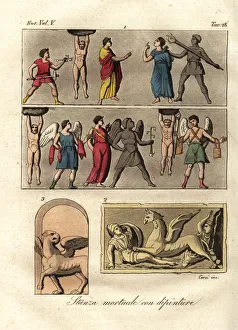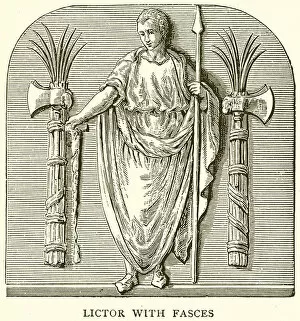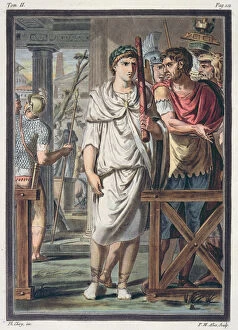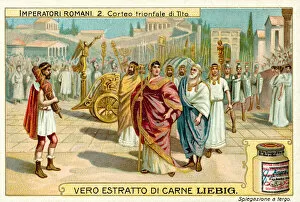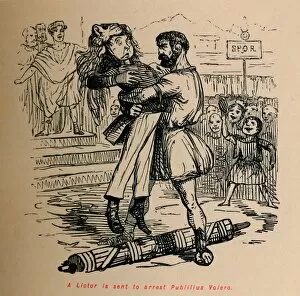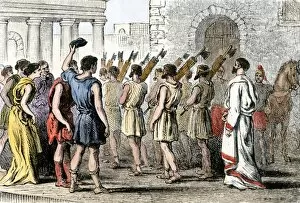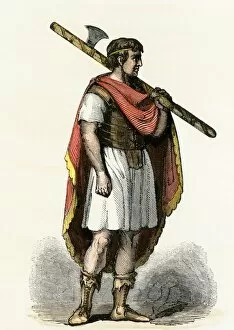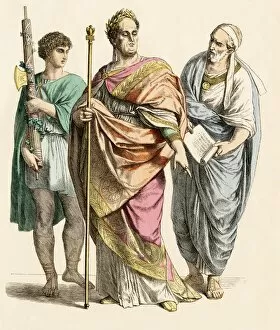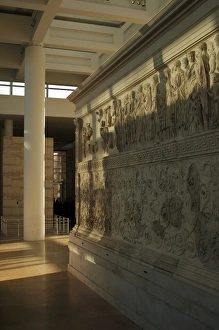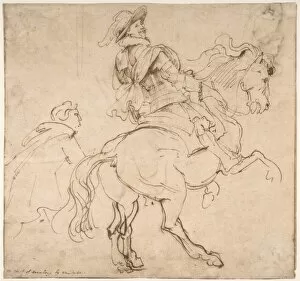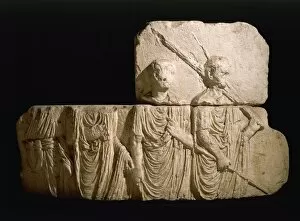Lictor Collection
"Lictors: Guardians of Power and Symbols of Authority in Ancient Rome" Step back in time to ancient Rome
All Professionally Made to Order for Quick Shipping
"Lictors: Guardians of Power and Symbols of Authority in Ancient Rome" Step back in time to ancient Rome, where the grandeur and opulence of Roman costumes come alive through vivid colored engravings. Among these captivating images, we find the stoic figures of Roman lictors, donned in togas and laurel wreaths, their presence commanding respect. These lictors were more than mere bodyguards; they were protectors and enforcers for magistrates. Holding ceremonial fasces or bipennis - bundles of rods with an axe symbolizing power over life and death - they embodied the might and authority of their masters. A statuette from the first half of the 1st century captures a mysterious essence surrounding these lictors. Crafted by an unknown artist, it serves as a testament to their significance within Roman society. Venturing beyond Rome's borders, an Etruscan mural discovered at Tarquinia reveals that even outside its walls, this institution held sway. The mural depicts scenes from daily life but also hints at the importance placed on law enforcement during those times. Tragedy strikes as we witness "The Death of Virginia, " illustrated in L'Antique Rome by Labrousse. Amidst this heart-wrenching tale unfolds a glimpse into the role played by lictors during moments that shook society to its core. Engravings further highlight their prominence: one portrays a solitary lictor clutching his fasces tightly while another showcases Emperor Trajan camped along the Danube River surrounded by loyal soldiers and steadfast lictors. Intriguingly enough, even theatrical productions like "Berenice" incorporated historically accurate costumes for both soldiers and accompanying lictors – showcasing how deeply ingrained this profession was within Roman culture. As we delve deeper into history's annals, another engraving emerges depicting a single determined figure - a lone lictor.




